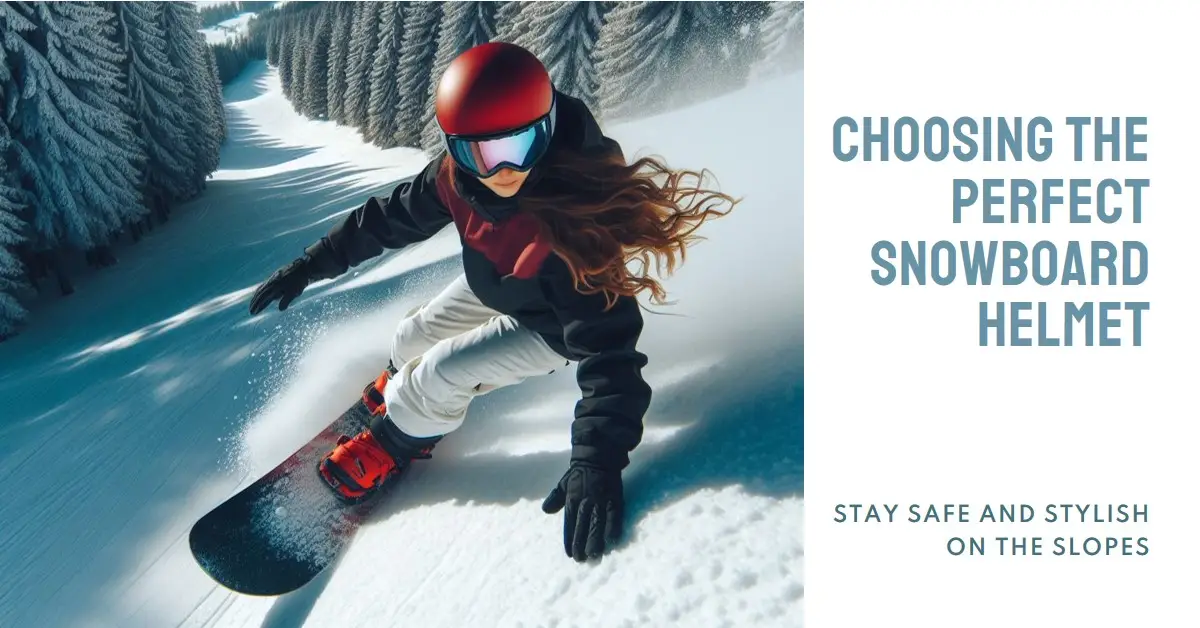A good snowboard helmet is an essential piece of safety gear for every rider. With the right helmet, you can ride with confidence knowing your head is protected from injury. But with so many options on the market, it can be tricky to select the best snowboard helmet for your needs.
In this comprehensive guide, we’ll walk you through what to look for when choosing a snowboard helmet. Follow these tips and you’ll be able to pick the perfect helmet for your riding style, head shape, and budget.
Table of Contents
Types of Snowboard Helmets
Snowboard helmets generally fall into one of three main categories:
Half Shell Helmets
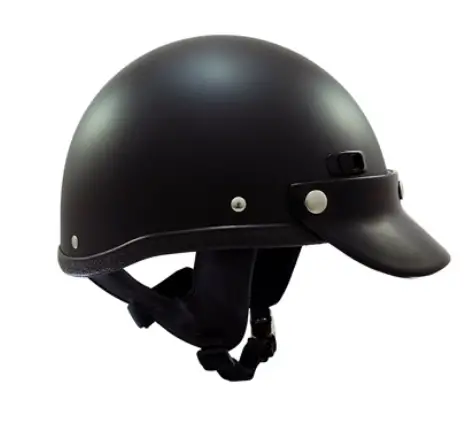
Half-shell helmets are the most common type of snowboard helmet. As the name suggests, they protect just the top half of your head. Half shells offer good overall protection while maintaining ventilation and flexibility. They’re a great choice for most recreational riders.
Full Shell Helmets
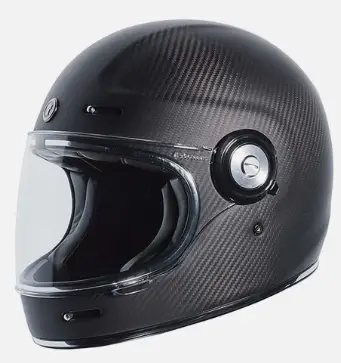
Full-shell helmets provide extra coverage on the sides and back of the head. This additional protection can be beneficial for riders who take a lot of falls or ride aggressively in the terrain park. The trade-off is less ventilation and restricted hearing compared to half-shell options.
Hybrid Shell Helmets
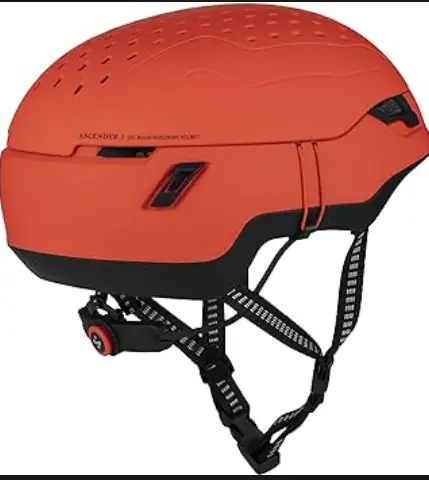
Hybrid helmets strike a balance between half and full-shell designs. They feature slightly more coverage than a half shell while remaining lightweight and ventilated. Hybrid helmets offer a nice middle ground for riders who want some extra protection without sacrificing comfort.
Snowboard Helmet Sizing
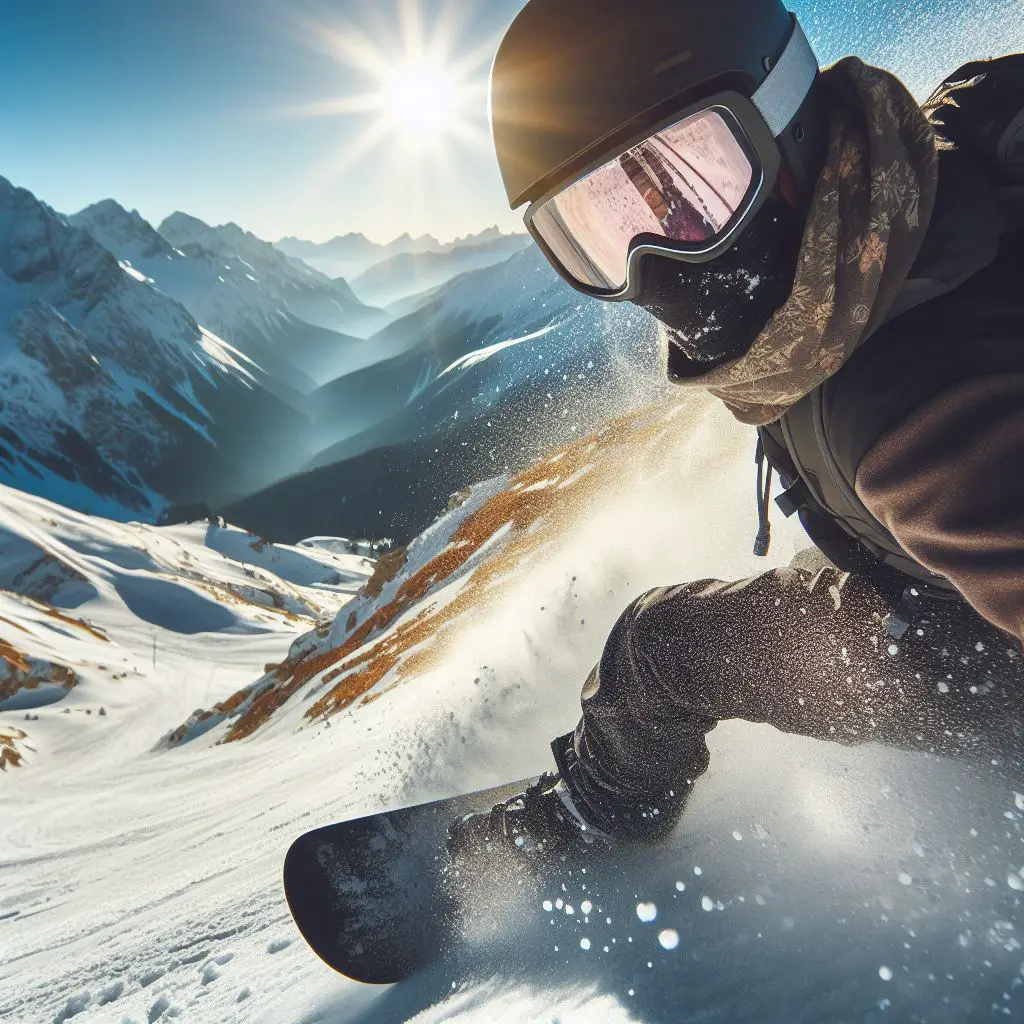
Getting the right size helmet is crucial for safety and comfort. Follow these tips when choosing a size:
- Measure your head circumference with a soft measuring tape. Compare this length to the brand’s sizing chart.
- Try on helmets in person if possible. The fit should be snug but not too tight.
- If ordering online, read sizing reviews carefully. Consider ordering two sizes if between sizes.
- Adjustable fit systems can allow some wiggle room. But avoid relying on these too much to compensate for poor base sizing.
Take the time to get the sizing right. An ill-fitting helmet is unlikely to provide adequate protection.
Snowboard Helmet Features
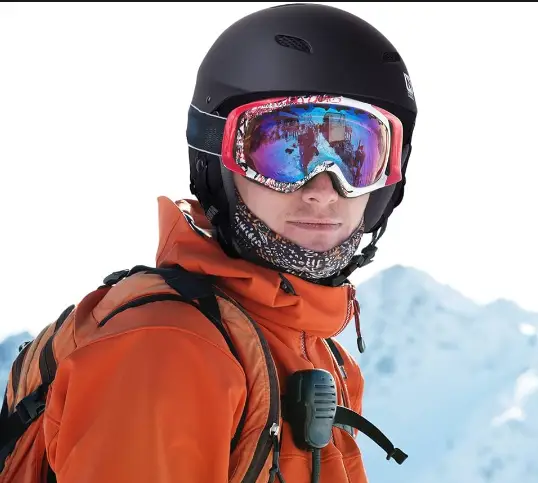
Once you’ve decided on a helmet type and size, look at specific features that match your needs:
Ventilation
Proper ventilation keeps you comfortable and prevents goggles from fogging. Look for vents across the top, rear, and front of the helmet. Removable ear pads also help regulate temperature.
Audio Compatibility
Many helmets integrate with Bluetooth speakers and headphone systems. This allows you to listen to tunes on the slopes without blocking out environmental sounds.
Goggle Integration
Systems like MIPS allow you to securely lock your goggles onto the helmet. This prevents them from shifting or falling off during riding.
Adjustable Fit System
Fit systems with multiple height settings provide a customized fit. Features like a dial-adjustable band offer micro-adjustments for extra tuning.
Impact Liner Materials
Multi-stage foams like Brock Foam 2 absorb force progressively. Look for advanced liners made from materials engineered to handle impacts.
Certifications
Verify the helmet meets safety certifications like ASTM F2040, EN 1077, etc. These standards ensure rigorous impact testing.
Finding the Right Helmet for Your Riding Style
Helmet needs can vary based on your specific snowboarding style and terrain:
Park/Pipe Riding
For spending time in the park and pipe, prioritize lightweight feel, ventilation, and audio systems. Full shell models provide extra coverage for high-impact falls.
All-Mountain Riding
If you ride all over the mountain, seek out versatile helmets offering a balance of protection, comfort, and features. Half-shell options are popular for their versatility.
Backcountry Riding
In the backcountry, safety is key. Look for very durable construction and extra insulation to protect you in remote areas. Full shell and hybrid designs are smart choices here.
Casual Riding
For mellow resort cruising, focus on value and comfort rather than high-end performance features. Well-vented half-shell models with adjustable fits offer great options.
Finding the Best Fit for Your Head Shape
Head shape plays a key role in finding your ideal helmet. Here are some common head shapes and what to look for:
Round Head Shape
If your head is very round with equal dimensions front to back and side to side, look for a helmet with an oval internal shape. This adds some space front to back while removing side pressure.
Oblong Head Shape
For a long oval head with more dimension front to back, you need a helmet with more space from side to side. Look for round internal shapes to reduce pressure on the sides of your head.
Intermediate Head Shape
If your head is somewhere between round and oval, an intermediate helmet is the way to go. You’ll want moderate space both front to back and side to side for a comfortable fit.
Snowboard Helmet Price Considerations
Snowboard helmets range widely in price from under $50 into the $300+ range:
Budget (Under $100)
Very affordable helmets offer basic protection but often lack premium features and durability. Only recommended for occasional riders.
Mid-Range ($100 – $200)
Mid-range helmets strike a great balance of safety, comfort, and performance without breaking the bank. Best value for regular riders.
Premium ($200+)
Top-of-the-line helmets boast composite shells, the latest safety tech, and premium materials. Overkill for most, but great for pros or serious riders.
Set your budget and look for the most protection, features, and quality construction you can afford. Remember protection should be the top priority.
Recommended Snowboard Helmets
Now that you know how to select the right snowboard helmet, here are some top recommendations across helmet types and price ranges:
Half Shell
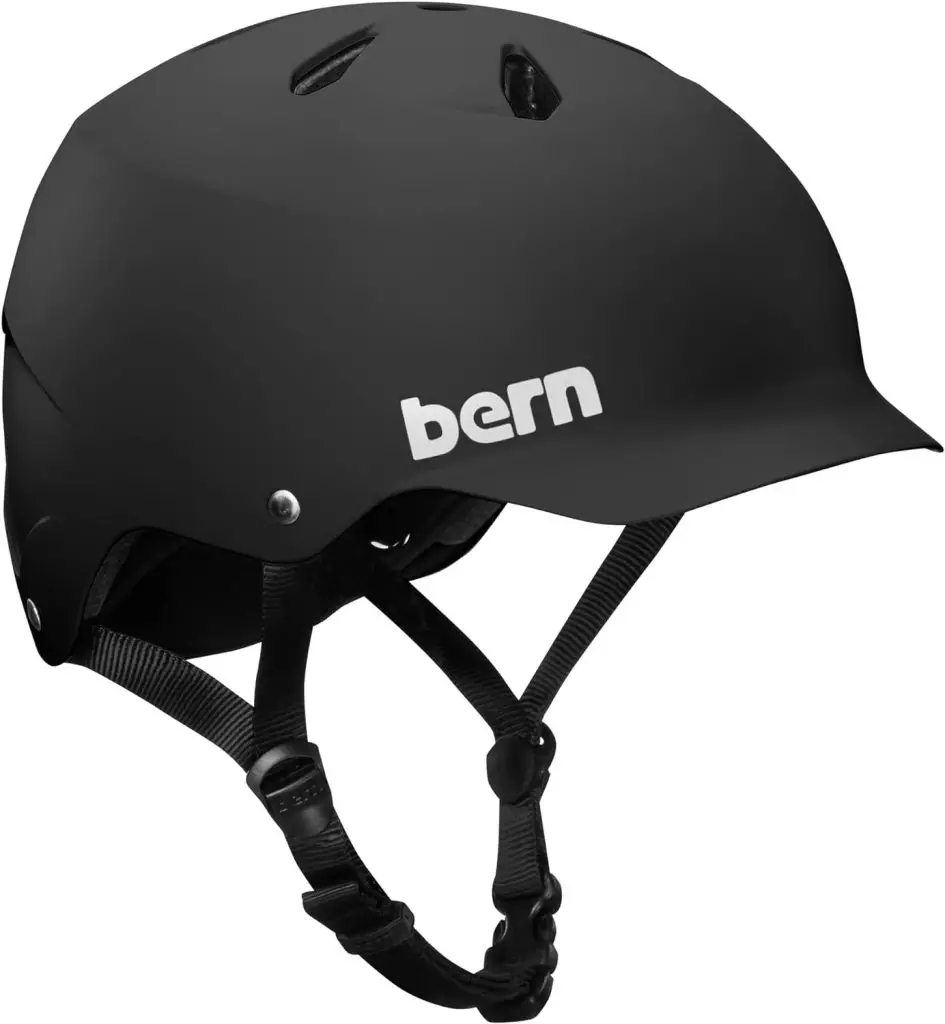
- Bern Watts EPS – Classic style, good value ($)
- Smith Vantage MIPS – Light, ventilated, quality materials ($$)
- Giro Range MIPS – Durable, adjustable, audio compatible ($$$)
Full Shell
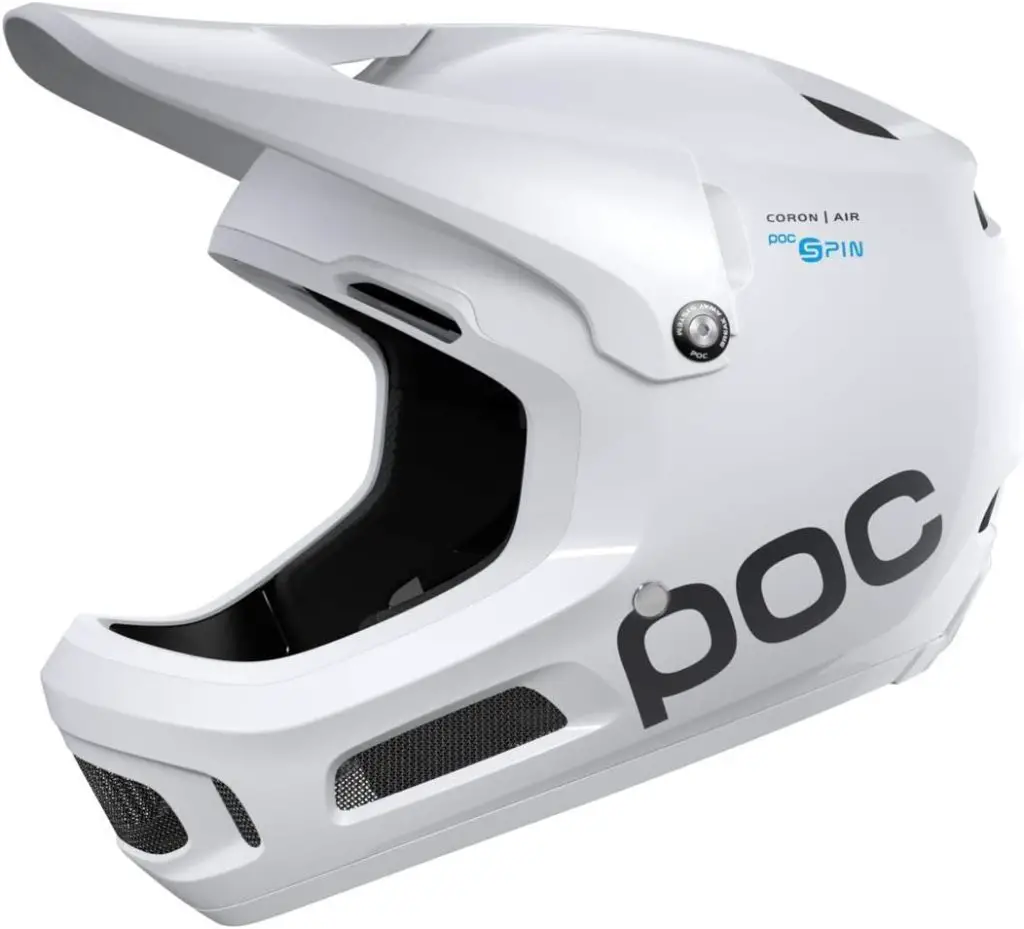
- Demon Flexforce X D3O – Robust protection, great for park ($$)
- POC Coron Air SPIN – Premium safety tech, padded fit ($$$)
Hybrid

- Anon Prime MIPS – Custom sweat management, magnetic earpads ($$)
- Pret Cynic X MIPS – Integrated goggle lock, audio ready ($$)
Frequently Asked Questions
How often should you replace a snowboard helmet?
You should replace your helmet at least every 5 years, or immediately following any major impact. Materials degrade over time reducing protection.
Do snowboard helmets expire?
Yes, the protective foams and materials in a snowboard helmet degrade after several seasons of use. Always respect the manufacturer’s expiration date printed on the helmet.
Can you use a bike helmet for snowboarding?
No, bike helmets are only designed for higher-speed cycling impacts, not the multi-directional forces common in snowboarding crashes. Always use a snow-specific helmet.
Conclusion
Choosing the ideal snowboard helmet involves considering your riding style, head shape, and budget. Seek out high-quality construction with safety certifications. Ventilation, adjustable fits, and audio integration make nice bonuses. Take the time to find the helmet that fits your needs and you’ll ride confidently and comfortably all season long.
